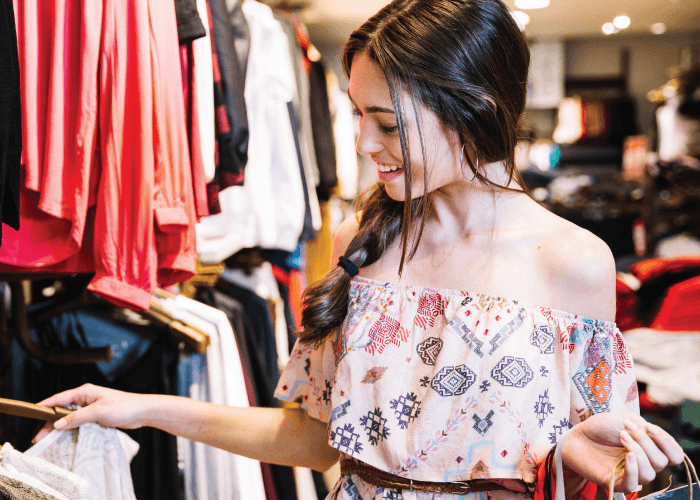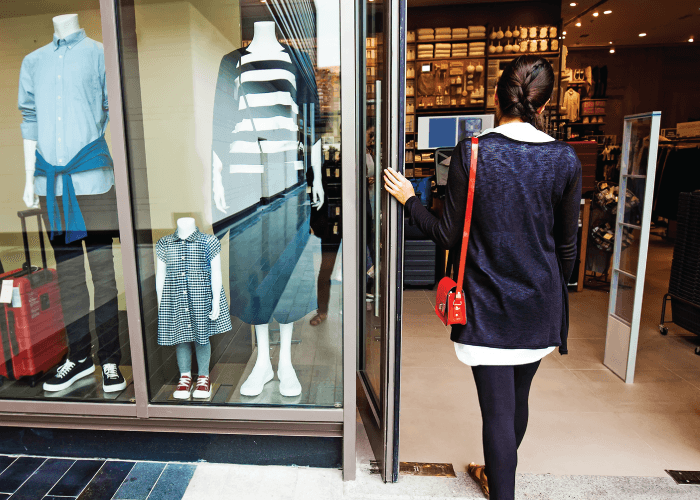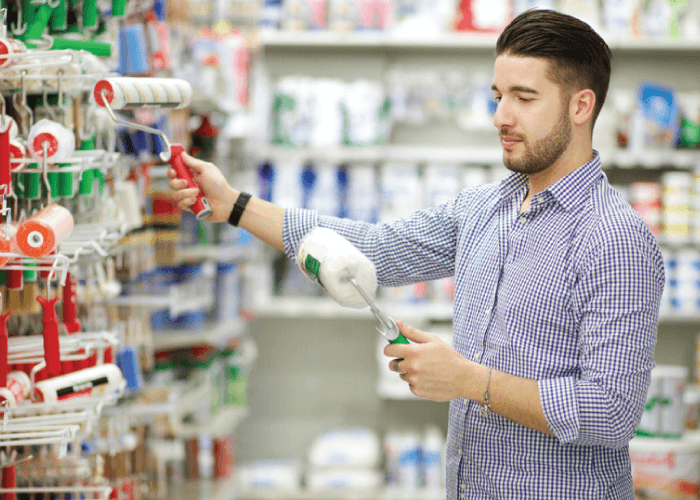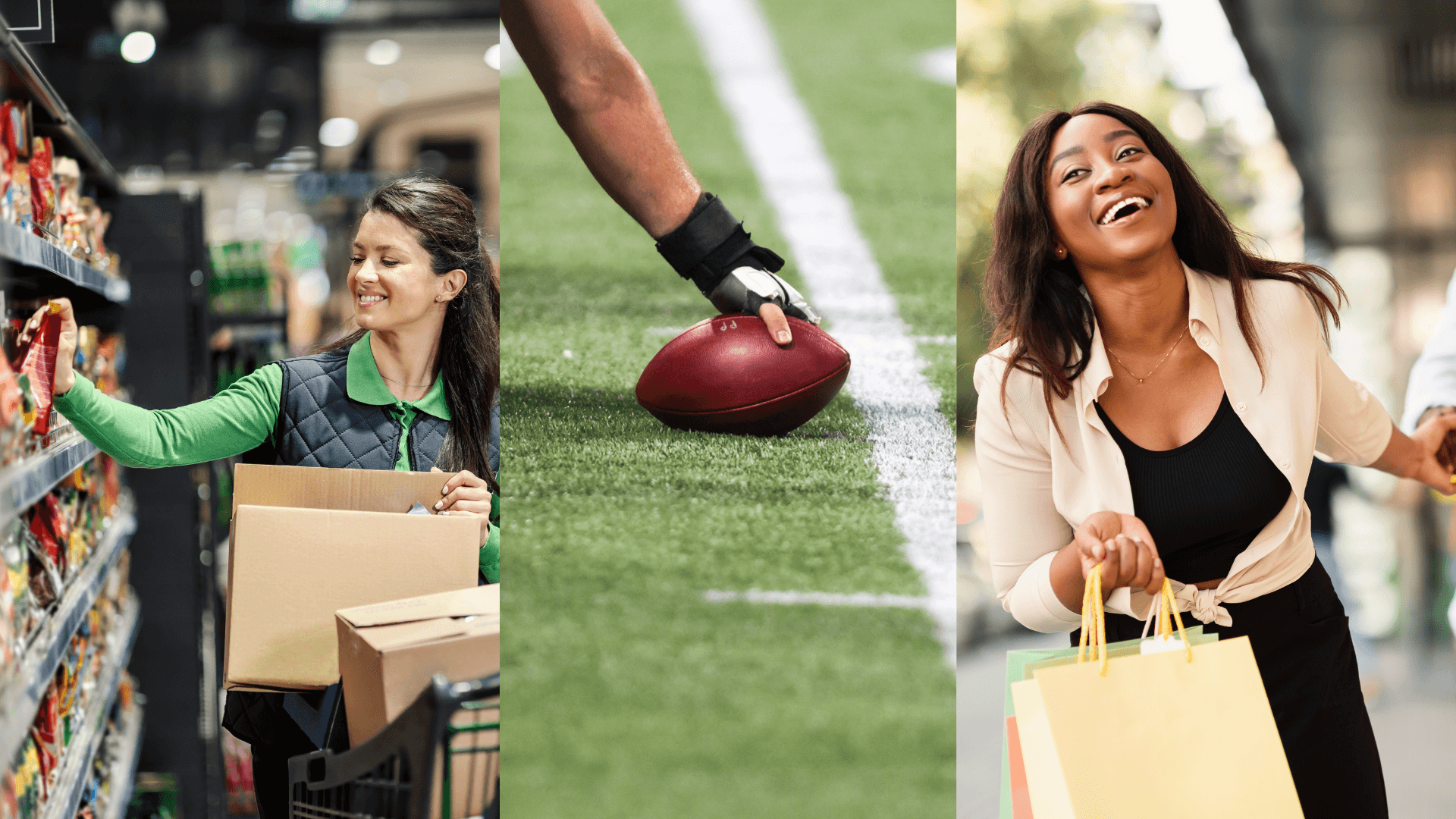The Impact of Sustainability in Shaping Retail

On this page
Besides the more obvious role in preventing our grandchildren having to fight crab people for resources once the planet is both on fire and underwater, sustainability and the different ways in which companies handle it have started to play an important role in the modern business world.
In his article, "Sustainability and the consumer in 2019," Duncan Baizley painted a very clear (and research-based) picture of how consumers see corporate sustainability, noting that brands will need to move beyond messaging and rather token-like gestures and embrace real, systemic change.
In retail, sustainability is more visible than in many other industries, the main reason being that retail companies have more opportunities to address sustainability both in their overall strategy and in day-to-day operations.
Packaging
Packaging is probably the most obvious factor when talking about sustainability in retail because it is physically palpable and traditionally very bad for the environment (plastic, plastic, plastic).
Last year (2019) was undoubtedly the most eventful yet, with a number of major global players announcing plans to reduce the amount of plastic they use and make their packaging more recyclable, including Procter & Gamble, PepsiCo, Nestlé, Unilever, Aldi and Walmart, just to name a few.
It should be pointed out that nothing is black or white when it comes to packaging materials. For instance, glass packaging carries with itself a greater carbon footprint than plastic.
The issue of packaging and sustainability is even more complex in e-commerce where packaging becomes an almost exclusively safety issue - getting the product to the shopper safe and unspoiled across vast distances. In e-commerce, packaging is even more a matter of the supply chain than in traditional retail (we will get to supply chain sustainability issues later).
Understanding this, Amazon announced its Delivery Zero project in 2019, the objective of which is to make all of their shipments net-zero carbon in the future, with 50 percent of them zero net carbon by the year 2030.
The issue of sustainability in packaging is a complex one, but the good news is that consumers have started pushing the retailers, who, in turn, are starting to rethink not only packaging, but their entire supply chains.
Supply chains
Like previously mentioned, trying to divorce packaging from the entirety of the supply chains is futile, considering the enormous effect that supply chains have on the environment. The complexity of modern supply chains makes it very difficult to make them more sustainable, but companies are definitely trying to do something about this, especially the large ones.
The Economist published a white paper in 2019, identifying the different tactics companies deploy to make their supply chains more sustainable:
Supplier scorecards - using surveys and life-cycle assessments to rate and choose suppliers
Awards - giving out internal and external (supplier) awards, publicly recognizing sustainable practices and suggesting future decisions
Industry collaboration - constructing networks of suppliers, civil organizations and intermediates to introduce a structured approach
Public targets - stating openly that they will work exclusively with suppliers who have waste reduction targets and low-carbon tech
Supporting suppliers - providing tech and consulting to suppliers in order to help them become more environment-friendly
Reverse logistics - encouraging suppliers to take back and reuse packaging
There are obstacles to making supply chains more sustainable, the primary one being the increase in short-term costs, even though in the long-term this might lead to reduced costs. There is also the enormous complexity of supply chains that makes it difficult to track all of the sustainability-boosting efforts being made across them.
Overstocking
Another major factor in retail sustainability is overstocking which inevitably leads to the retailer having to dispose of the unsold stock.
With the spread of omnichannel retail, this has become an even greater issue. It has become easier than ever for consumers to negatively react to out-of-stock issues, causing retailers to overstock in order to prevent this. Furthermore, the ever-growing frequency of markdowns also causes overstocking, further exacerbating the problem.
The most common solution for this problem is better inventory management which, nowadays, involves better digital documentation, IoT devices and even machine learning solutions.
Of course, sticking to tried and true basics is always a good idea too.
Offsetting
In 2018, the sustainability consulting agency Futerra did research which showed that nearly 90 percent of USA and UK consumers would like for brands to help them be more environmentally conscious and friendly. (The research unearthed additional staggering insights, by the way.)
This is why a number of retail brands provide ways to enable their customers to offset the negative environmental impact that the manufacturing and shipping of their products might produce.
1% for the Planet is the perfect example of this. It is an organization that helps brands by making sure the 1% of their profits that they donate goes to the environmental programs and organizations that need them the most. Honest Tea, Patagonia and Caudalie are just a few of the companies in their program.
The fine line of sustainability branding
Tackling the issue of sustainability in terms of branding and marketing is generally a tricky endeavor. On the one hand, there is nothing wrong with making people aware of the fact that your retail business is trying to be sustainable. After all, how will they know they can do business with a sustainable company if you do not tell them?
On the other hand, companies need to be very careful not to come across as disingenuous, saying that they are sustainable just because it sounds cool or because they (rightfully, as we saw) believe that the sustainability tag will help them boost business.
Greenwashing has been around at least since the 1960s and the advent of nuclear power plants, but due to the increasing emphasis on sustainability, it has become absolutely rife these days. It sheds a massive shadow over even the most honest sustainability efforts, which is just one of its negative effects.
This is why every company that wishes to make sustainability part of their brand needs to be 100 percent honest and transparent in its messaging.
Points to take away
Sustainability is a moral obligation for every company, retail or not. For retailers, making their products, packaging and supply chains more sustainable is another growth challenge to add to their list, but also one that brings dividends in terms of branding and future-proofing.
About the writer: Michael Deane has been working in marketing for almost a decade and has worked with a huge range of clients, which has made him knowledgeable on many different subjects. He has recently rediscovered a passion for writing and hopes to make it a daily habit. You can read more of Michael's work at Qeedle.
Join the #retail, #ConnectedJourney and #SmartStore conversations on Twitter at @RetailNext, as well as at www.facebook.com/retailnext.
About the author:

Michael Deane, Qeedle




